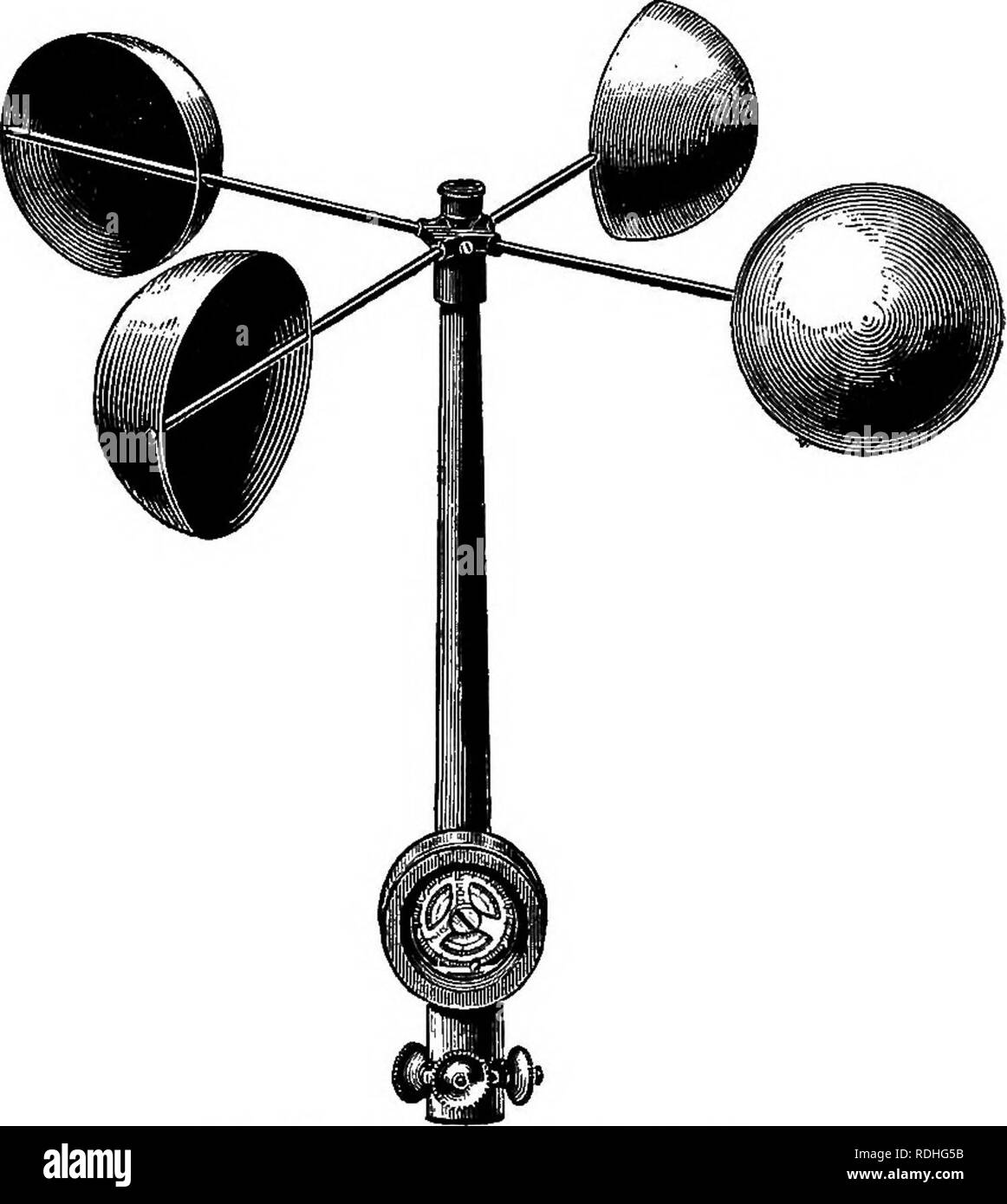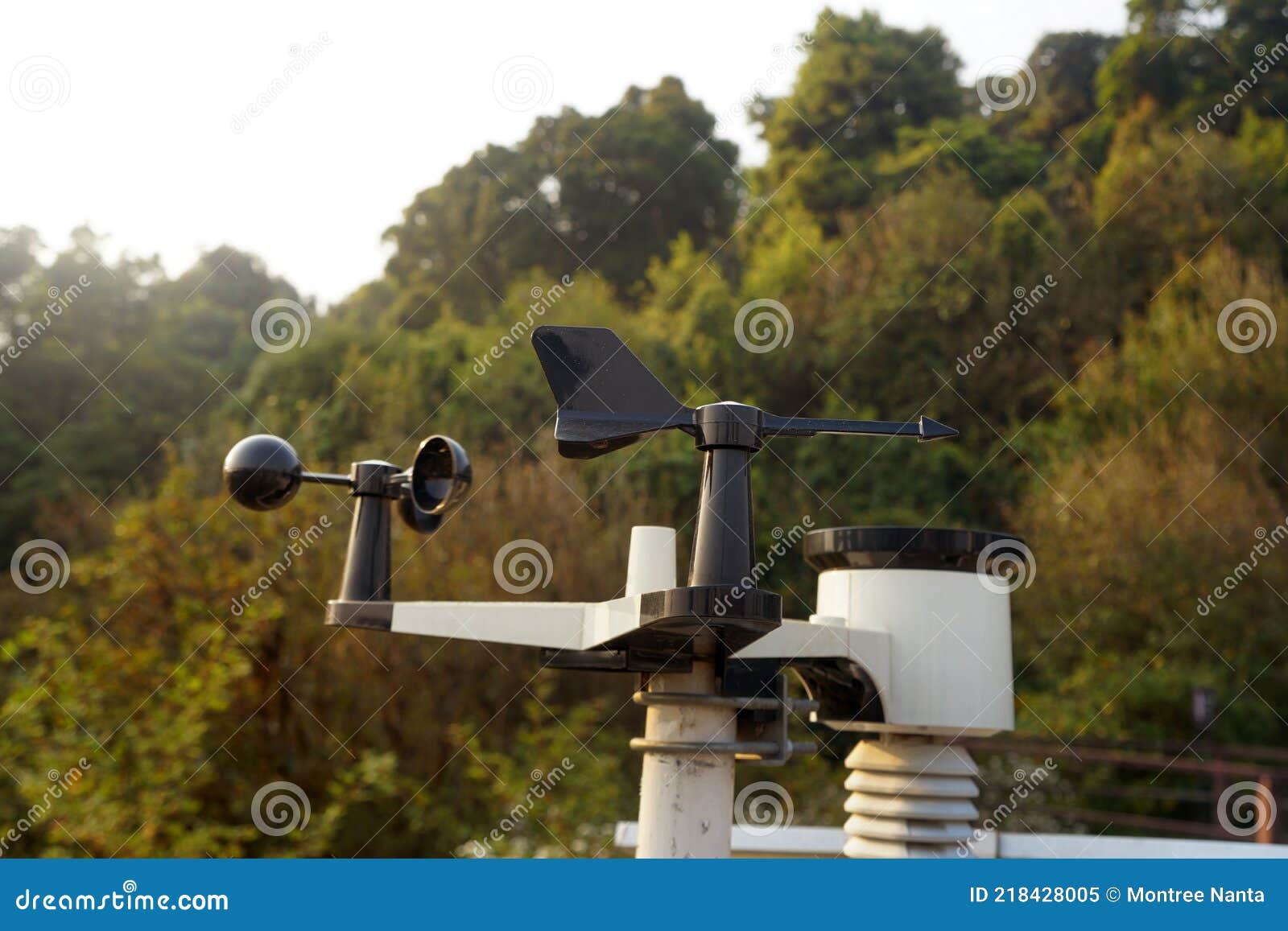

Wind vanes are an instrument for showing the direction of the wind. Some flowmeters measure and monitor the flow of gases. There are two different devices for measuring the wind: wind vanes and anemometers. In the laboratory, hot-wire anemometers can be used to measure outside wind speed, air velocity, and temperature in hoods and enclosures, and slight gas movement in ductwork. The wire is cooled by the air flow and the known resistance of the metal is used to calculate the flow speed.Īlthough somewhat delicate, hot wire anemometers are used to study turbulent or rapid velocity fluctuation flows. We’ll focus on the theory behind the operation of a cup anemometer, as shown in Fig. The axis of a vane anemometer is parallel to the wind direction (horizontal). Anemometer Operating Principle Cup anemometers use the basics of rotational velocity for measuring wind speed, but many flavors of anemometers exist including thermal, vane, ultrasonic, and hot wire. Hot wire anemometers use an electrically heated wire to help calculate air speed. Vane anemometers are mechanical velocity instruments, often described as windmills or propellers.

The fan speed is measured by a revolutions counter and converted to a wind speed measurement.ĭigital vane thermoanemometers may be pre-calibrated, traceable to NIST, and offer a choice of measurement units (ft./min., m/s, mph, km/hr., knots, CFM, and CMM). The wind vane measures wind direction and communicates with the yaw drive to orient the turbine properly with respect to the wind. The axis of a vane anemometer is parallel to the wind direction (horizontal). Vane anemometers are mechanical velocity instruments, often described as windmills or propellers. Anemometers to measure the speed of wind or a gas stream, and flowmeters to measure the flow rate of a liquid or gas available in a variety of configurations.


 0 kommentar(er)
0 kommentar(er)
